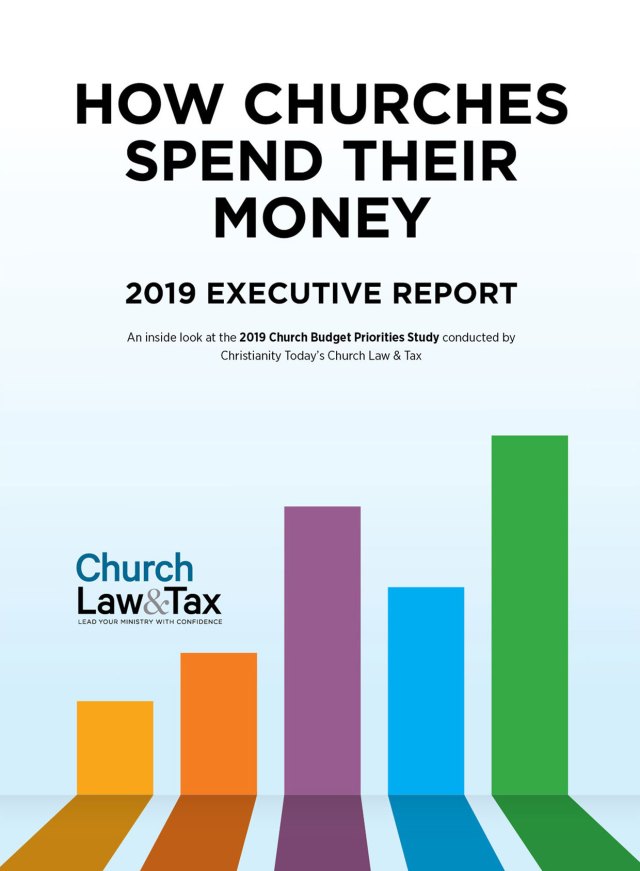Three months after I began pastoring full-time, our church, which had been renting facilities for nearly 20 years, did the improbable: it won an auction for a deserted plastics factory. Suddenly, the church needed someone to manage the renovation process, to immerse himself in parking substrates and asbestos removal and sprinkler heads. I was chosen.
Realizing my knowledge of construction, on a good day, registered exactly zero, I called Dave, the executive pastor at a nearby church. “You’ve built two church buildings,” I said. “What do I need to know about building a church?”
Dave paused, I think weighing whether I was ready to hear the truth. “The six months before you move in and the six months after will be hideously expensive.”
I hung up and stared at the wall, overcome by the two painful realities of church construction.
Painful Reality 1: A building project will require knowledge you don’t have.
Most church construction projects are led by pastors (like me), not by professional construction managers. Here’s how I turned my ignorance into an asset:
- Play the “I’m new at this, so I was just wondering” card. When talking with potential lenders, contractors, or city officials, I freely acknowledged, right up front, “You’re a professional at this, and I’m brand-new, so can I ask some questions?” I did that over and over—getting second, third, and even fourth opinions on major decisions—until common wisdom emerged. (And yes, this takes a lot of time. You will need to offload some pastoral responsibilities during the building phase.)
- Hire a great general contractor. Look for these three things:
- Experience in building your type of building. Since we were renovating a factory, we chose a contractor who had built large, high-ceiling industrial spaces, like Home Depots, and who had also built churches.
- Honest. You need to trust your GC implicitly, and several people in our church had good experiences working with the one we chose.
- Chooses subcontractors well. The subs do the actual construction, so you want reliable, high-quality trades people. Ask your potential GC which subs he or she has worked with on other projects. Then ask people in the trades if these are reliable. Resist the urge to overrule your GC and ask him to use mom-and-pop subcontractors from your friendship circles. The two subcontractors we chose, rather than letting our GC do it, were two we had difficulty with.
• Stand strong in what you do know. Lenders may be experts on loans, and contractors may be experts on construction, but you are the only person who knows two important things: what your congregation needs, and how much money you have. Frequently during construction, you will be told, “If we do this extra work now, it will be a lot cheaper than if you have to do it later.” That’s true, but if you don’t have the money in your construction budget, you don’t have it. As I like to say, “You can go broke saving money.”
Painful Reality 2: A building project will be hideously expensive.
According to the Journal of the American Planning Association, 90 percent of construction projects cost more than estimated—and it’s common for them to overrun expenses by 50 to 100 percent. Our church could not afford that common occurrence. Here’s what I learned about holding costs in check:
- No matter how careful your estimate of costs, increase it. Why?
- Unknown conditions. Only God is omniscient, so allow money for surprises. For example, we’d been told we could just resurface a parking lot, but later learned it would have to be replaced. When replacement digging began, the lot’s substrate was found in woeful state, and that required more expense. Total upcharge: about $200,000.
- City requirements. Even after your municipality has approved your building plans, they can and will ask for further changes: remove this tree, replace the right-of-ways with concrete, add a sidewalk, install fire signs. Late-in-the-game code requirements added at least $30,000 to our project.
- Even free isn’t free. We were blessed with a donation of office furniture—desks, partitions, chairs, probably worth $40,000—but it still cost us more than $10,000 to move the furniture, store it, and reinstall it.
• Include an ample contingency fund. Our lender required a contingency fund of 3.7 percent of the project costs. I tried to talk the bank’s vice president into lowering that. Thankfully, she is a veteran banker and insisted we’d need it. We did. In hindsight, I wish we’d increased it to 5 or 6 percent.
• Move planned items to the wish list. Many items you’d hoped for and planned for will need to be placed on the Phase 2 wish list. We moved things to this list that we would dearly have loved, including a grand piano, a rear entry sign, and window shades for the sanctuary, but this kept our costs $500,000 lower, and we can add these items later.
• In construction years, try to keep other costs down. In 2012, our main construction year, we were able to save 6 percent of our budgeted expenses, and this helped when construction costs increased.
• Match up the numbers. During construction, three parties are tracking expenses: the bank, the contractor, and the church. I didn’t know, going in, that each party tracks those slightly differently. To avoid surprises, meet regularly to get updates and ask questions.
• Time equals money, so keep things moving. Every week of construction, you are paying just to have the contractor on site (what’s called “general conditions”). Therefore, keep things moving. What I did well: Bring a detailed project list to each building team meeting, to keep discussion on track and make sure nothing got missed. Then after the meeting, I emailed each person—?architect, contractor, interior designer, etc.—their to-do items. This saved time and cost. What I did not do well: I did not realize, a few times, that shop drawings were being held by our architect or interior designer, and until those were returned to the contractor, that part of construction could not proceed.
Pleasant Reality: It’s worth it.
I’ve provided cautions, for your protection, but I’d be remiss if I left you afraid to move forward with a needed construction project. We love our new church building. After 20 years of setting up and taking down each Sunday, it feels so good to be home. The local newspaper featured our renovation on the front page, and we’ve welcomed hundreds of visitors and guests because of the building. Fellowship, evangelism, and children’s ministry have all greatly improved, simply because we now have spaces that better support them. Facilities really do facilitate.
Plus, during the project, our faith grew. As we came to each hurdle—zoning, capital campaign, environmental testing, cash flow—we were forced to depend more deeply upon God. As Scripture says, “Is anything too hard for the Lord?”
How did we do, bringing the building project in on budget? We came close. Final bills come in this month, but we estimate we went over by only 2 or 3 percent. Keeping construction costs in check may not be easy, but it is possible.





